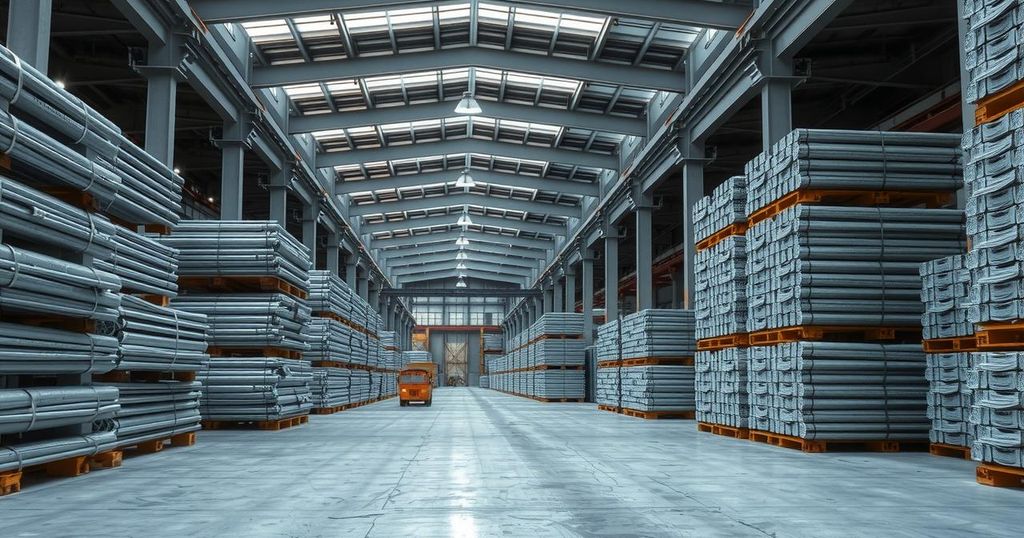China’s Initiative to Expand Strategic Metal Reserves Amid Rising Global Demand

China intends to boost its strategic reserves of critical metals like cobalt, copper, nickel, and lithium, aiming to enhance supply resilience amid geopolitical tensions and increased energy-transition demands. The National Food and Strategic Reserves Administration is actively conducting price inquiries and bids, while the government expands storage facilities and diversifies suppliers to alleviate trade disruption risks.
China is set to enhance its strategic reserves of crucial industrial metals such as cobalt, copper, nickel, and lithium to bolster supply resilience in response to increasing demand linked to the energy transition and geopolitical pressures. According to Bloomberg News, the National Food and Strategic Reserves Administration has initiated price inquiries and bids for selected metals, in line with directives from the National Development & Reform Commission (NDRC) to expedite stockpiling initiatives.
While the government has not disclosed specific details regarding the timing or scale of these purchases, it is clear that enhancing reserves is a priority. Furthermore, Beijing is actively expanding its storage facilities for vital commodities, including grain, oil, and fertilizers, and is also working to diversify its suppliers to insulate itself from potential trade disruptions, notably those linked to U.S. tariffs.
Recent challenges in supply chains and ongoing trade uncertainties have contributed to rising metal prices, with copper prices hitting $10,000 per ton in London. Additionally, cobalt prices have surged significantly in response to an export ban imposed by the Democratic Republic of Congo, highlighting the pressing need for strategic resource management by China.
In summary, China is proactively expanding its reserves of essential industrial metals to enhance supply resilience amid rising demands and geopolitical tensions. With strategic measures to diversify suppliers and increase storage capacity, the nation aims to mitigate risks associated with trade disruptions. This initiative follows significant price surges in the metal market caused by various external factors.
Original Source: www.tradingview.com








